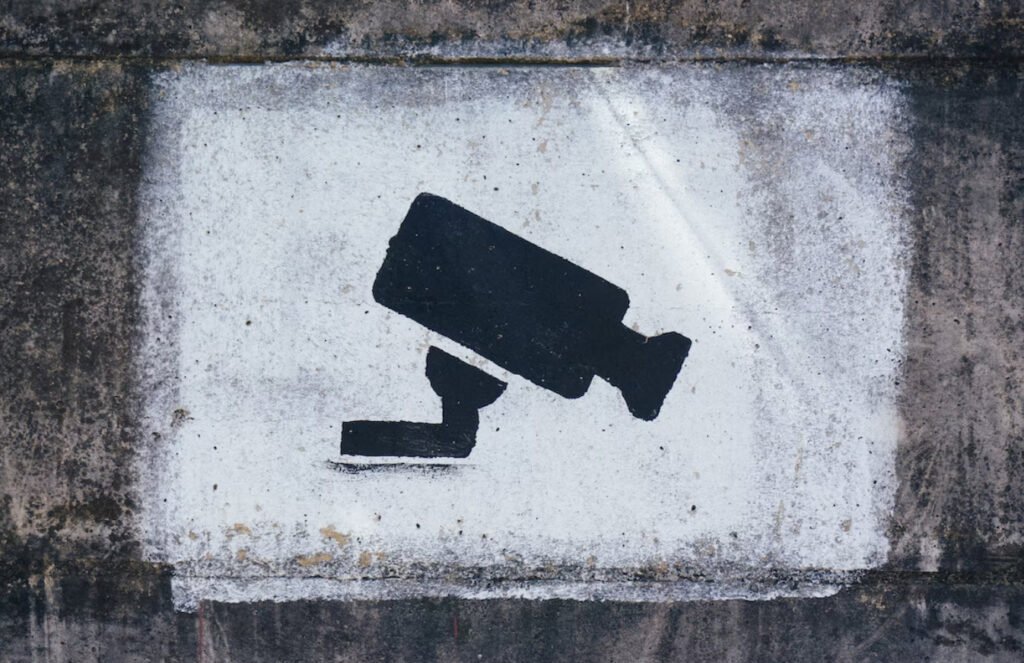In today’s interconnected and digital world, organizations face a myriad of cybersecurity threats. To effectively protect their assets and mitigate risks, it is essential for organizations to implement a comprehensive set of security controls. The Center for Internet Security (CIS) has developed a list of Top 20 Critical Security Controls, which provides a prioritized framework for organizations to enhance their security posture.
Let’s delve into these controls and understand their significance:
1. Inventory and Control of Hardware Assets:
Maintaining an accurate inventory of hardware assets is crucial for effective security management. Organizations should identify and track all devices connected to their networks, ensuring that proper controls and security measures are in place.
2. Inventory and Control of Software Assets:
Similar to hardware assets, organizations need to keep track of their software inventory. This control helps organizations identify and manage software vulnerabilities, ensure proper licensing, and reduce the risk of unauthorized or unpatched software.
3. Continuous Vulnerability Management:
Continuous vulnerability management involves regularly scanning systems, identifying vulnerabilities, and applying timely patches and updates. By staying on top of vulnerabilities, organizations can significantly reduce the risk of exploitation.
4. Controlled Use of Administrative Privileges:
Administrative privileges should be limited to authorized personnel. Organizations should enforce strict access controls, implement strong authentication mechanisms, and regularly review and revoke unnecessary privileges.
5. Secure Configuration for Hardware and Software on Mobile Devices, Laptops, Workstations, and Servers:
Ensuring that hardware and software components are securely configured helps reduce the attack surface. Organizations should establish secure configuration standards and implement consistent configuration practices across all devices.
6. Maintenance, Monitoring, and Analysis of Audit Logs:
Monitoring and analyzing audit logs enable organizations to detect and respond to security incidents effectively. It is essential to establish robust logging mechanisms, implement log analysis tools, and regularly review log data to identify any suspicious activities.
7. Email and Web Browser Protections:
Email and web browsers are common vectors for cyberattacks. Organizations should implement security measures such as email filtering, web content filtering, and email encryption to protect against phishing attacks and malware distribution.
8. Malware Defenses:
Implementing robust malware defenses, including antivirus and anti-malware solutions, is crucial to protect systems and networks from malicious software. Regular updates and monitoring should be performed to ensure effectiveness.
9. Limitation and Control of Network Ports, Protocols, and Services:
Restricting unnecessary network ports, protocols, and services helps minimize potential entry points for attackers. Organizations should identify and disable or block any unnecessary or insecure network communication channels.
10. Data Recovery Capabilities:
Data recovery capabilities are essential to ensure business continuity and minimize the impact of data loss. Organizations should implement regular backups, test data restoration procedures, and establish disaster recovery plans.
11. Secure Configuration for Network Devices:
Network devices such as firewalls, routers, and switches play a critical role in network security. Organizations should follow secure configuration guidelines and best practices to protect against unauthorized access and network-based attacks.
12. Boundary Defense:
Implementing effective boundary defenses helps protect against external threats. Organizations should deploy firewalls, intrusion detection and prevention systems, and other security controls to monitor and control traffic between internal and external networks.
13. Data Protection:
Protecting sensitive data is paramount. Encryption, access controls, and data classification should be implemented to safeguard data both in transit and at rest.
14. Controlled Access Based on the Need to Know:
Access to sensitive data and systems should be based on the principle of least privilege. Organizations should establish access controls that grant permissions only to individuals who require access for their job functions.
15. Wireless Access Control:
Wireless networks pose security challenges. Organizations should implement strong authentication and encryption protocols, regularly monitor wireless networks for unauthorized access, and segregate wireless networks from critical internal systems.
16. Account Monitoring and Control:
Regular monitoring of user accounts helps detect and respond to suspicious activities. Organizations should implement account monitoring mechanisms, enforce strong password policies, and promptly disable or revoke access for terminated or inactive accounts.
17. Implement a Security Awareness and Training Program:
Human error is a significant factor in many security incidents. Organizations should provide security awareness and training programs to educate employees about best practices, social engineering threats, and their roles and responsibilities in maintaining security.
18. Application Software Security:
Application security is crucial to prevent vulnerabilities that can be exploited by attackers. Organizations should implement secure coding practices, conduct regular security assessments, and perform secure software development lifecycle (SDLC) processes.
19. Incident Response and Management:
Having an effective incident response capability is essential for timely identification, containment, eradication, and recovery from security incidents. Organizations should establish an incident response plan, conduct regular drills, and continuously improve their response capabilities.
20. Penetration Tests and Red Team Exercises:
Periodic penetration tests and red team exercises help organizations identify vulnerabilities and validate the effectiveness of their security controls. These activities simulate real-world attack scenarios, enabling organizations to proactively address weaknesses.
Implementing the CIS Top 20 Critical Security Controls provides organizations with a comprehensive roadmap for strengthening their security posture. However, it is important to note that security is an ongoing process that requires regular updates, monitoring, and adaptation to address emerging threats.
By prioritizing these controls and implementing robust security measures, organizations can significantly enhance their resilience against cyber threats and protect their critical assets.




Pingback: 100 Most Important SOC Analyst Interview Questions - Tech Hyme
Pingback: 75 Important Cybersecurity Questions (MCQs with Answers) - Tech Hyme
Pingback: The Importance of Enterprise Security Architecture - Tech Hyme
Pingback: Enhancing Security: Controls and the AIC Triad Components - Tech Hyme
Pingback: Top 10 Key Challenges in Securing IoT Networks - Tech Hyme
Pingback: NIST Just Released The Final Version of 800-82r3 OT Security Guide - Tech Hyme